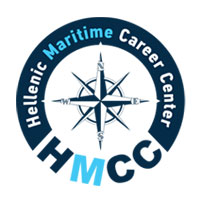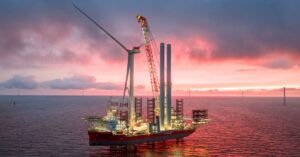
Indian Navy Unveils Crest Of Its First Mahe-Class ASW Vessel Ahead Of Commissioning
November 18, 2025
NGO Calls On EU To Use Ship Recycling to Cut Steel And Construction Emissions
November 18, 2025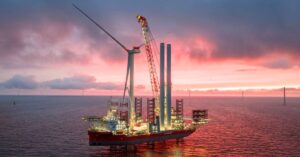
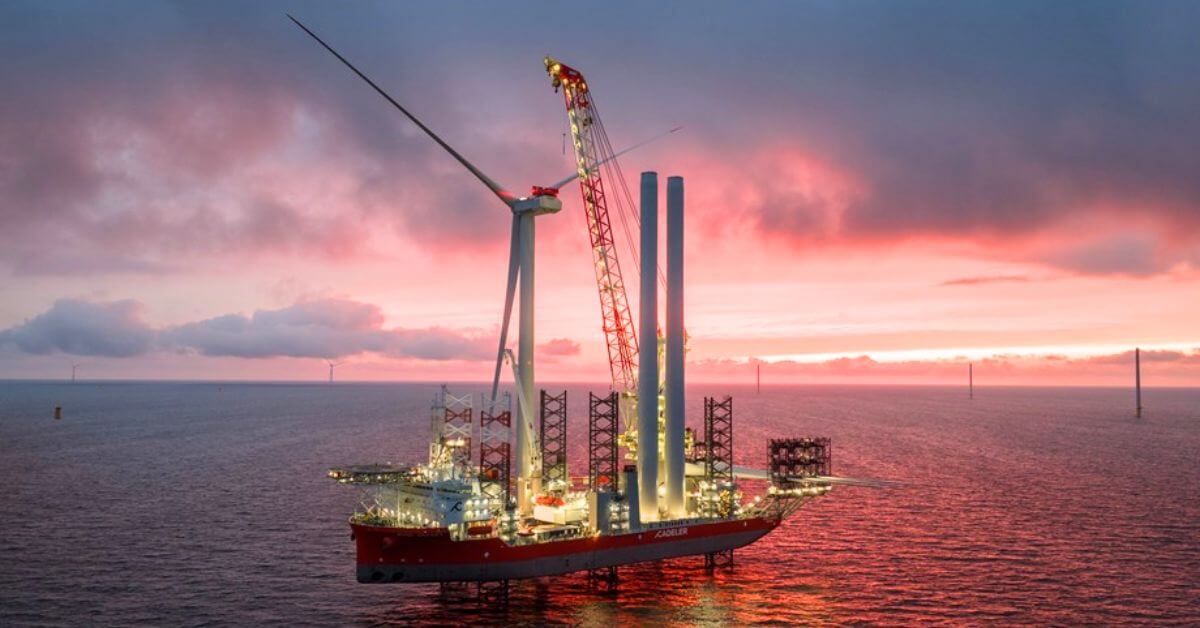
Poland’s offshore wind industry has reached a major milestone with the installation of the first nacelles manufactured in Poland at the Baltic Power offshore wind farm.
The project, developed by ORLEN Group and Northland Power, confirmed that the first three 15 MW nacelles built at Vestas’ new factory in Szczecin have now been installed.
These nacelles are the first Polish-made units to be placed offshore, marking an important moment for the country’s growing offshore wind supply chain.
A total of 76 turbines will be installed at the site in the Baltic Sea, and several nacelles will come from the Western Pomeranian production facility.
The installation campaign, which began in July 2025, has moved into another key phase with the Polish-built nacelles now in place and being prepared for commissioning.
According to third-party reporting of remarks by Grzegorz Szabliński, President of the Management Board of Baltic Power, the operation required complex logistics and reflected years of cooperation among many partners. He added that the team is continuing work on the remaining offshore and onshore components.
These nacelles form the heart of Vestas’ 15 MW V236 turbines, which are among the most advanced turbines available in Europe. Each nacelle is roughly the size of a three-storey building and contains equipment that converts wind energy into electricity. On the outside, it includes the hub where the blades are attached, as well as lightning protection and cooling systems.
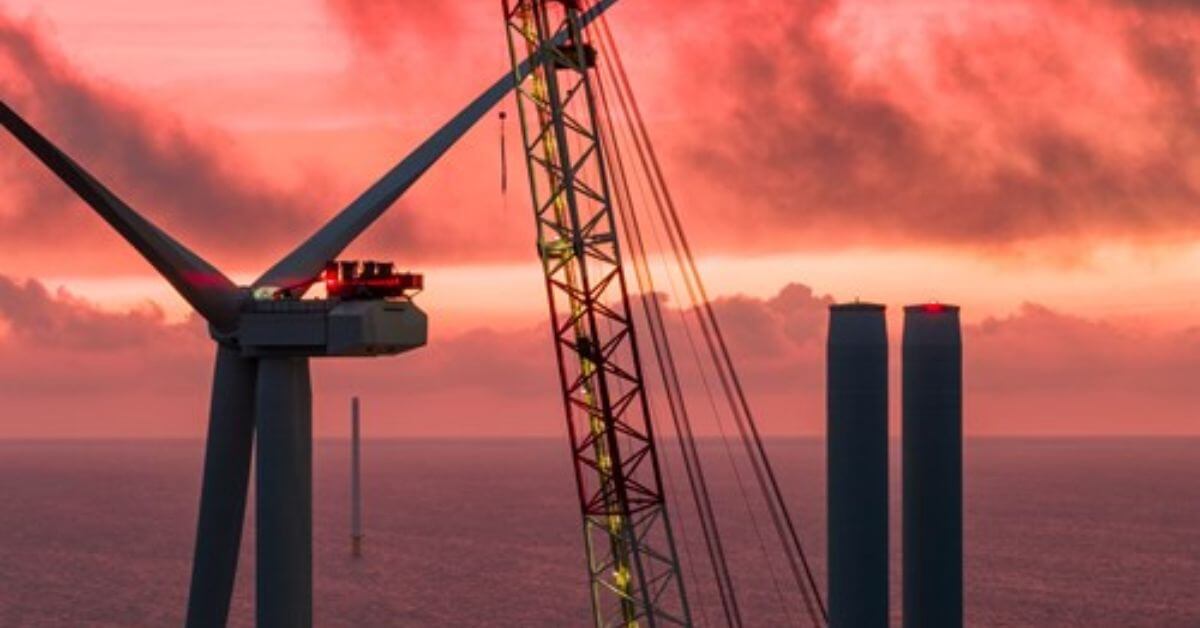
The nacelles were produced at Vestas’ newly opened facility in Szczecin, where the company is hiring more than 600 employees. Baltic Power is the first commercial offshore wind project to install nacelles from this Polish plant.
This step builds on nearly three years since Baltic Power selected Vestas as its turbine supplier and Vestas decided to build the nacelle factory for the V236-15 MW turbines in Szczecin.
Additional components will come from Vestas’ nacelle factory in Lindø, Denmark. Turbine installation is being carried out by a Cadeler O-class jack-up vessel, supported by several crew transfer vessels (CTVs) and service operation vessels (SOVs).
Each turbine, together with its monopile foundation, stands more than 250 metres tall. The 115.5-metre blades sweep an area larger than six football fields. The project is also the first to use recycled steel in the upper sections of several towers, cutting their carbon footprint by around 10%.
Jens Poulsen, Project Director and Board Member of Baltic Power, was quoted through third-party reporting saying that the installation of the first Polish-made nacelles shows what strong partnerships can achieve. He said the project combines global experience with local capability and is setting new standards for cooperation and sustainable development in the region.
The nacelles are one of many components produced in Poland. Local contributions include offshore substation topsides built by Grupa Przemysłowa Baltic and ARP, onshore cables supplied by Tele-Fonika Kable, and transition piece elements produced by Smulders Polska. Several Polish companies have also supported environmental studies, logistics, and transport.
Enprom is co-leading the construction of the onshore substation, while Erbud has built the operations and maintenance base in Łeba. Across the wind farm’s 30-year lifetime, local content is expected to exceed 21%, in line with the Sector Deal guidelines for Phase I offshore wind projects.
Baltic Power is the first offshore wind project in Poland to start offshore installation work. Once fully commissioned, it will produce up to 4 TWh of electricity each year, around 3% of Poland’s current demand and enough to power more than 1.5 million households.
The farm is located 23 km off the coast near Choczewo and Łeba, covers 130 square kilometres, and is scheduled to become fully operational in 2026.
Reference: balticpower
Source: Maritime Shipping News

